Teeth Bite
Problems
Common Teeth and Bite Problems:
Class II
Class II problems represent an abnormal bite relationship in which the upper jaw and teeth are located in front of the lower jaw and teeth. Class II patients usually exhibit a convex facial profile with a recessed chin. A skeletal Class II problem occurs when the upper molars are forward of the lower molars. This gives the patient the appearance of having a recessed lower jaw, a protruding upper jaw, or both.
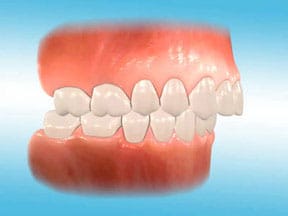
Class III
Class III problems are primarily genetic in origin. In this instance, the lower jaw and teeth are positioned in front of the upper jaw and teeth. The lower jaw may appear to be excessively large, but in many cases, the lack of upper jaw development is at fault. Several treatment options are available to correct a Class III problem.
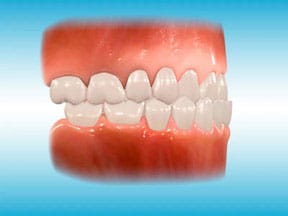
Pseudo Class III
Pseudo Class III, particularly in younger patients, is a function of habit rather than hereditary factors. A misaligned bite may cause the lower teeth to bite forward of the upper teeth, giving the appearance of
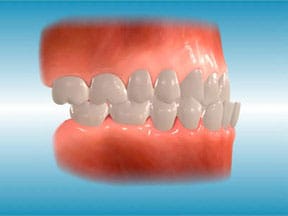
Crowding
Crowding of the teeth is probably the most common orthodontic problem. Although many factors contribute to dental crowding, this problem typically stems from a discrepancy between the space in each jaw and the size of the teeth.
Crowding is often one of several orthodontic problems. Crowding can be the cause or result of other problems, such as impacted teeth, retained teeth or teeth that do not naturally fall out. Crossbite of the front or rear teeth can also cause the teeth to become crowded.
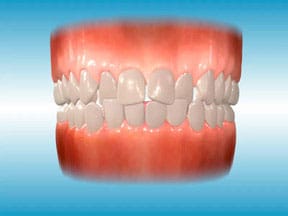
Spacing
Spaces between teeth are another common problem associated with the need for orthodontic care. Like crowding,
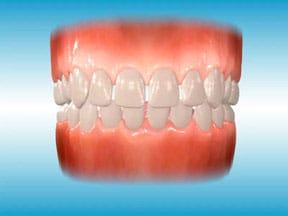
Openbite
An open bite can occur with the front teeth (known as anterior open bite) or with the back teeth (referred to as a posterior openbite). An anterior openbite is the lack of vertical overlap of the front teeth and can usually be traced to jaw disharmony or habits such as thumb sucking or the posture of the tongue pushing against the front teeth. A posterior openbite is a problem in which the back teeth do not meet vertically, which keeps the jaw from functioning properly.
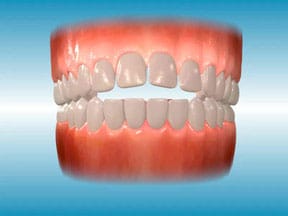
Excessive Gingival Display
Also known as a gummy smile, this orthodontic problem gives the appearance of
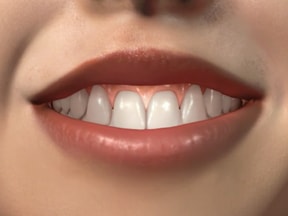
Deepbite
A deep bite is excessive vertical overlapping of the front teeth and is generally found in association with a discrepancy between the length of the upper and lower jaws. It usually results in

Crossbite
A posterior crossbite will usually result from a narrow upper jaw, an abnormally wide lower jaw or both. A narrow upper jaw will often force a patient to move the lower jaw forward or to the side when closing into a stable bite. When closed into this accommodating position, the lower teeth are located outside the upper teeth
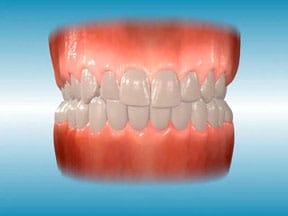

“ My passion for orthodontics is knowing that I have the ability to develop fantastic smiles for my patients that can help unleash their great potential. I consider myself very blessed to have been given the skills and education required to help change people’s lives."
Quick links
